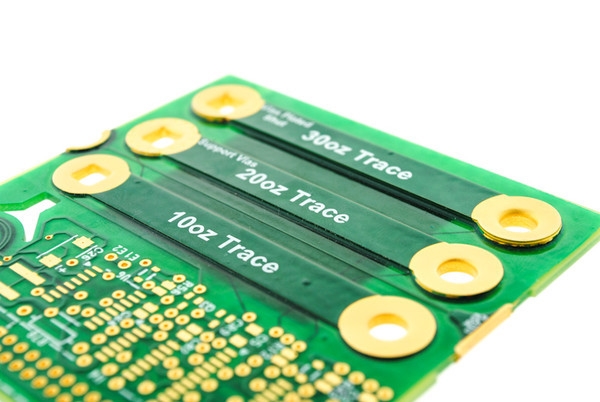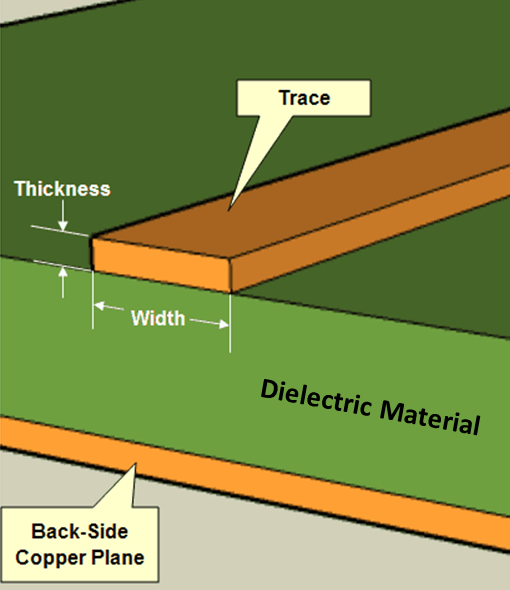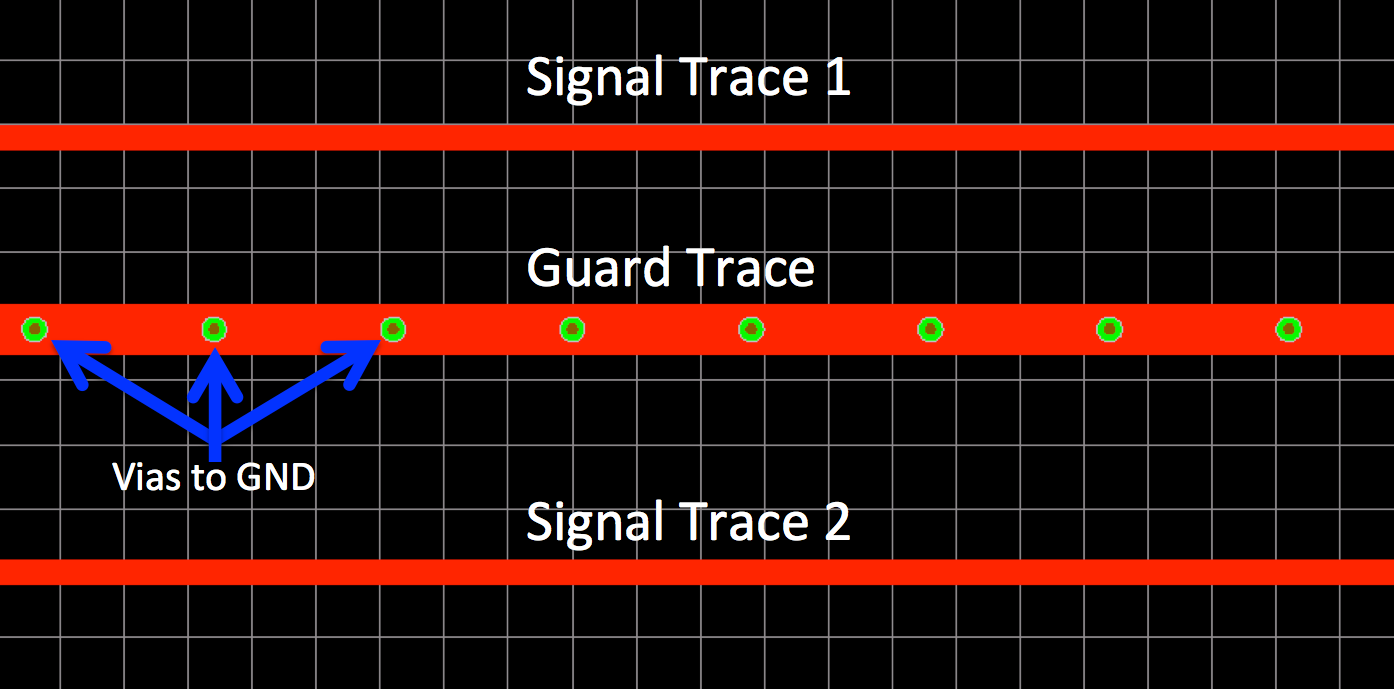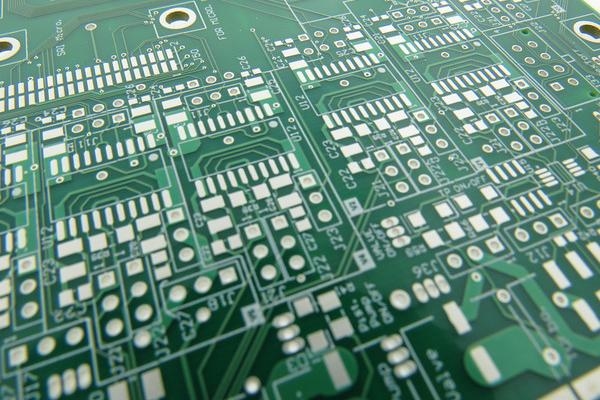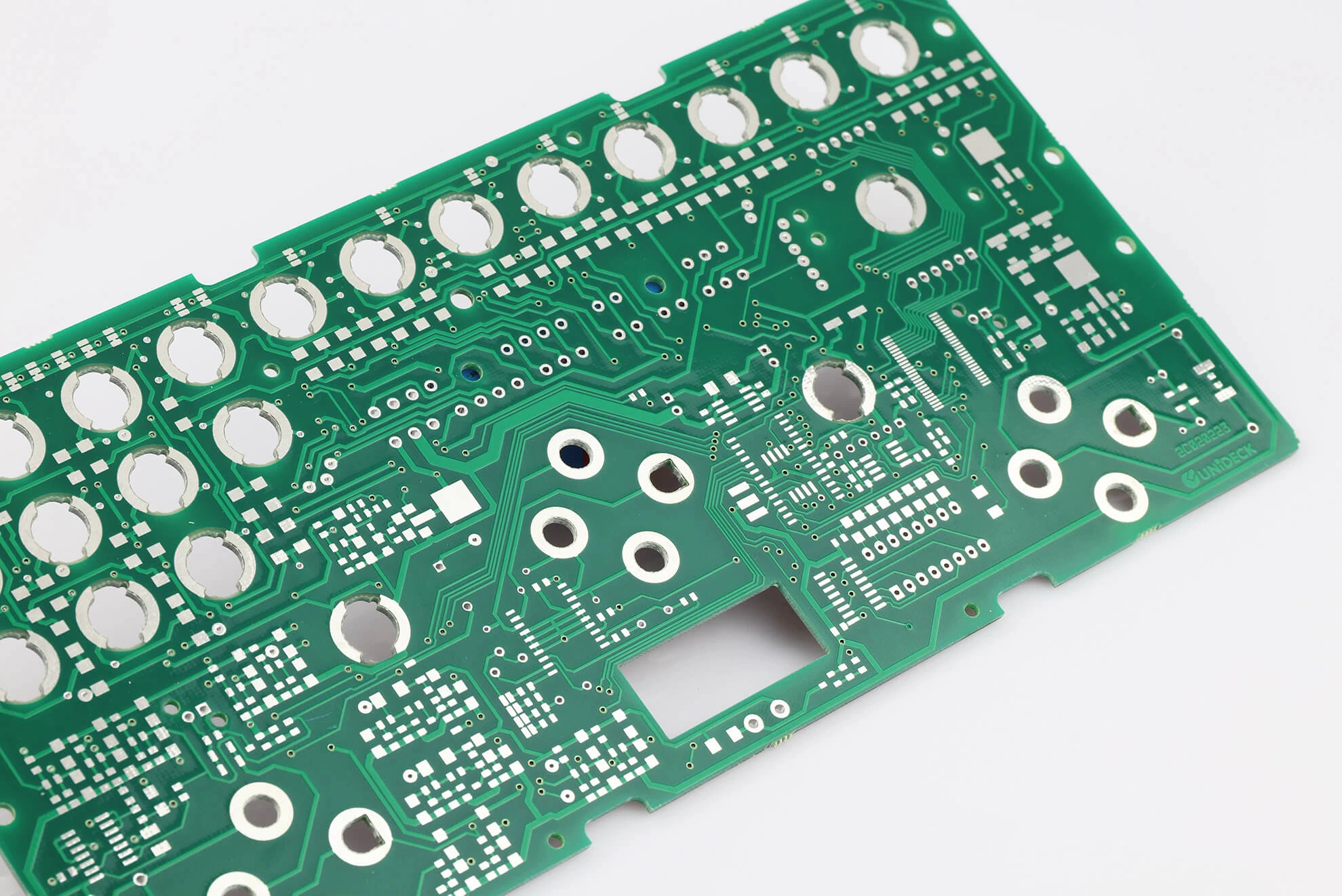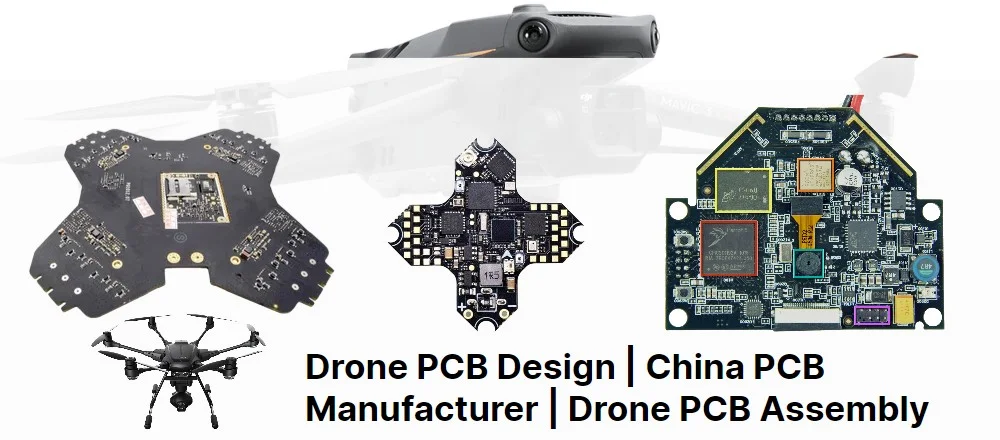When it comes to separating individual printed circuit boards (PCBs) from a larger panel during manufacturing, the choice between V-scoring and routing as depaneling methods can significantly impact cost, quality, and production efficiency. So, which method is right for your project? In short, V-scoring is often more cost-effective and faster for high-volume, simpler designs, while routing offers superior edge quality and flexibility for complex or delicate boards. In this comprehensive guide, we’ll dive deep into the differences between V-scoring vs. routing, comparing factors like cost, edge quality, and suitability for various PCB designs to help you make an informed decision.
What Is PCB Depaneling and Why Does It Matter?
PCB depaneling is the process of separating individual circuit boards from a larger panel after they’ve been manufactured. Panels are used to streamline production, allowing multiple boards to be fabricated, assembled, and tested simultaneously. However, once the process is complete, these boards must be separated carefully to avoid damage to components or traces near the edges.
Choosing the right depaneling method is critical because it affects the final quality of the board, the cost of production, and the overall efficiency of the manufacturing process. Two of the most common methods are V-scoring and routing, each with its own strengths and weaknesses. Let’s explore these PCB depanelization methods in detail to understand which might suit your needs best.

Understanding V-Scoring: A Cost-Effective Depaneling Method
V-scoring, also known as V-grooving, is a widely used depaneling technique where V-shaped grooves are cut into the top and bottom surfaces of the PCB panel along the separation lines. These grooves weaken the material, making it easy to snap the boards apart by hand or with minimal force. This method is particularly popular in high-volume production due to its simplicity and speed.
Advantages of V-Scoring
- Cost-Effective: V-scoring is generally less expensive than other methods. The process requires minimal tooling and can be done quickly during the initial fabrication stages, reducing labor and equipment costs. For large-scale production, this can lead to significant savings when considering V-scoring cost vs. routing cost.
- High Efficiency: Since V-scoring is integrated into the manufacturing process and doesn’t require additional steps like programming complex paths, it’s faster for straight-line separations.
- Minimal Stress on Components: When done correctly, snapping along V-scored lines creates less mechanical stress on nearby components compared to other manual separation techniques.
Disadvantages of V-Scoring
- Limited to Straight Lines: V-scoring only works for straight separation lines. If your PCB design includes curves or irregular shapes, this method won’t be suitable.
- Edge Quality Concerns: V-scoring edge quality can be rougher compared to other methods. The snapping process may leave small burrs or uneven edges, which might not meet the requirements for high-precision applications.
- Material Constraints: V-scoring isn’t ideal for very thin or flexible PCBs, as the scoring depth (typically 30-50% of the board thickness per side) can weaken the panel too much, risking premature breakage during handling.

Understanding Routing: Precision and Flexibility in Depaneling
Routing, also known as tab routing or CNC routing, involves using a computer-controlled cutting tool to mill out the material between individual PCBs in a panel. Small tabs or breakaway points are often left to hold the boards in place during assembly, which are later snapped or cut away. This method offers greater control and precision, making it ideal for complex designs.
Advantages of Routing
- Superior Edge Quality: Routing edge quality is typically much smoother than V-scoring. The CNC milling process creates clean, precise cuts with minimal burrs, which is essential for applications where aesthetics or tight tolerances are important.
- Flexibility for Complex Shapes: Unlike V-scoring, routing can handle curved or irregular separation lines, making it suitable for unique board shapes or designs with intricate outlines.
- Better for Delicate Boards: Routing allows for precise control over the cutting process, reducing stress on components near the edges. This makes it a better choice for densely populated or fragile PCBs.
Disadvantages of Routing
- Higher Cost: When comparing V-scoring cost vs. routing cost, routing is generally more expensive. It requires specialized CNC equipment, programming, and longer processing times, which can add up, especially for large production runs.
- Slower Process: Routing takes more time than V-scoring because each separation path must be individually programmed and cut, slowing down the depaneling process.
- Dust and Debris: The milling process generates dust and debris, which can contaminate the board if not properly managed. Additional cleaning steps may be needed to ensure quality.

V-Scoring vs. Routing: A Detailed Comparison
To help you choose between these two PCB depanelization methods, let’s break down the key differences across several important factors: cost, edge quality, design flexibility, and production speed.
1. Cost Comparison: V-Scoring Cost vs. Routing Cost
Cost is often a primary concern in PCB manufacturing. V-scoring is the more budget-friendly option, especially for high-volume production. The process is integrated into the panel fabrication stage, requiring no additional equipment beyond the initial setup. For example, in a production run of 10,000 units, V-scoring might save up to 20-30% in depaneling costs compared to routing due to reduced labor and machine time.
On the other hand, routing involves higher upfront costs due to the need for CNC machinery and custom programming for each panel design. For smaller runs or prototypes, this cost difference might be negligible, but for large-scale production, it can become significant. If your budget is tight and your design allows for straight-line separations, V-scoring is likely the better choice.
2. Edge Quality: V-Scoring Edge Quality vs. Routing Edge Quality
Edge quality is another crucial factor, especially for applications where the board’s appearance or precise fit matters. V-scoring edge quality tends to be rougher because the snapping process can create small burrs or uneven surfaces. While this may not be an issue for internal components or less demanding applications, it can be problematic for edge-mounted connectors or enclosures requiring tight tolerances.
Routing edge quality, by contrast, is much smoother and more consistent. The CNC milling process ensures clean cuts with minimal imperfections, often eliminating the need for post-processing. If your project demands high-quality edges—such as for consumer electronics or medical devices—routing is the superior option.
3. Design Flexibility
Design constraints play a big role in choosing between V-scoring vs. routing. V-scoring is limited to straight separation lines, meaning it’s best suited for rectangular or square boards arranged in a grid pattern. If your design includes rounded corners, cutouts, or non-linear shapes, V-scoring won’t work.
Routing offers far greater flexibility. It can accommodate virtually any board shape or panel layout, making it ideal for custom designs or boards with unique outlines. This versatility comes at a cost, but for complex projects, it’s often worth the investment.
4. Production Speed and Scalability
Speed is a key consideration in manufacturing, especially for high-volume runs. V-scoring is faster because it’s a simpler process that doesn’t require individual programming or cutting for each board. Panels can be scored in bulk during fabrication, and separation can often be done manually or with basic tools.
Routing, while more precise, is slower due to the time needed to program the CNC machine and cut each separation path. For small batches or prototypes where quality trumps speed, this may not be an issue. However, for large-scale production, routing can create bottlenecks if not managed efficiently.

When to Choose V-Scoring for Your PCB Project
V-scoring is the right choice for projects where cost and speed are top priorities, and the design allows for straight-line separations. Here are some scenarios where V-scoring excels:
- High-Volume Production: If you’re producing thousands of identical boards, V-scoring can save significant time and money.
- Simple Board Designs: For rectangular or square boards with no complex edge shapes, V-scoring is a practical and efficient method.
- Budget Constraints: When keeping costs low is critical, V-scoring offers a reliable solution without compromising basic functionality.
Keep in mind that V-scoring requires careful design planning. The grooves must be placed at least 0.3 mm away from traces or components to avoid damage during snapping, and the panel material should be thick enough (typically 1.0 mm or more) to withstand handling before separation.
When to Choose Routing for Your PCB Project
Routing is the better option for projects that demand precision, flexibility, or high-quality finishes. Consider routing in these situations:
- Complex Board Shapes: If your design includes curves, cutouts, or non-standard outlines, routing is the only viable method.
- High-Quality Edge Requirements: For applications where smooth edges are essential, such as in consumer products or precision enclosures, routing delivers the best results.
- Small Batch or Prototype Runs: For smaller runs where cost is less of a concern, routing provides the flexibility to test and refine designs without worrying about separation limitations.
Routing also requires design considerations. Breakaway tabs should be placed strategically to minimize stress on components, and a clearance of at least 0.5 mm from critical areas is recommended to avoid accidental damage during cutting.
Additional Tips for Optimizing PCB Depaneling
Regardless of whether you choose V-scoring or routing, proper planning can improve the depaneling process and ensure the best results. Here are some practical tips:
- Work Closely with Your Manufacturer: Share detailed design files and specifications to ensure the chosen depaneling method aligns with your board’s requirements.
- Consider Panel Layout: Optimize the arrangement of boards on the panel to minimize material waste and simplify separation, whether using V-scoring or routing.
- Test Before Full Production: For critical projects, produce a small batch to test the depaneling process and inspect edge quality before scaling up.
- Account for Component Placement: Keep components and traces away from separation lines to prevent damage during depaneling. A minimum clearance of 0.3-0.5 mm is a good rule of thumb.
Conclusion: Making the Right Choice for Your PCB Depaneling Needs
Deciding between V-scoring vs. routing for PCB depaneling comes down to balancing cost, quality, and design requirements. V-scoring is a cost-effective, efficient method for high-volume production of simple, straight-edged boards, though it may compromise on edge quality. Routing, while more expensive and time-consuming, offers unmatched precision and flexibility, making it ideal for complex designs or projects where smooth edges are critical.
By understanding the strengths and limitations of each method, you can select the one that best fits your project’s needs. Whether you prioritize V-scoring cost vs. routing cost, or V-scoring edge quality vs. routing edge quality, careful planning and collaboration with your manufacturing partner will ensure a successful outcome. At ALLPCB, we’re committed to helping you navigate these choices with expert guidance and high-quality manufacturing solutions tailored to your specifications.

 ALLPCB
ALLPCB


